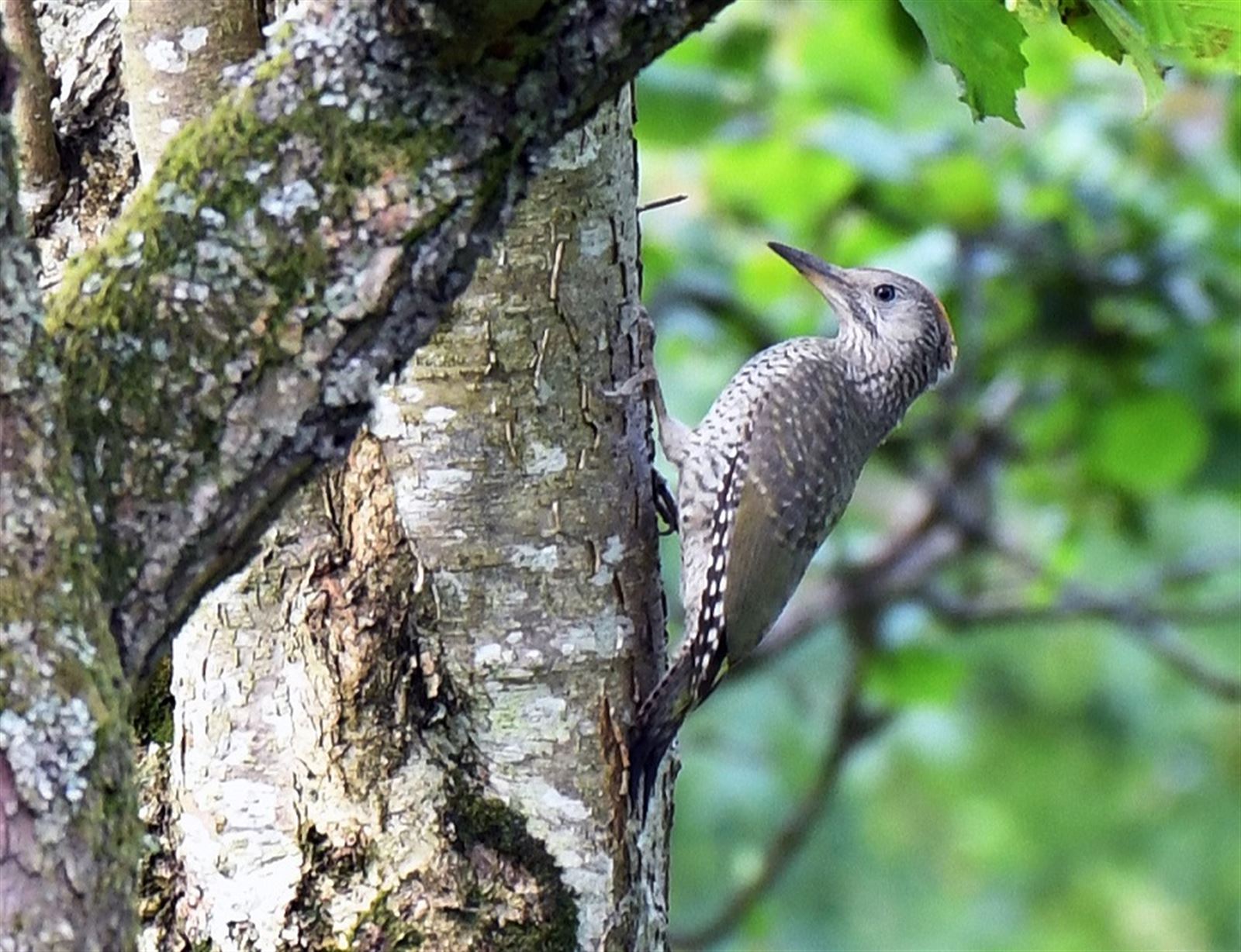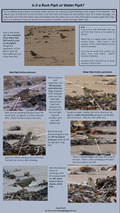 Are you bored watching Christmas “specials” of something fraudulently labelled as “comedy” on the box? Want to escape the “joy” of the family while stuck in tier 4? Not quite ready for Angus’s masterclass on Pipits but still want to brush up on the differences between Rock Pipit and Water Pipit? Well, fortunately, Dave Grant has put together a cut-out-and-keep poster
Are you bored watching Christmas “specials” of something fraudulently labelled as “comedy” on the box? Want to escape the “joy” of the family while stuck in tier 4? Not quite ready for Angus’s masterclass on Pipits but still want to brush up on the differences between Rock Pipit and Water Pipit? Well, fortunately, Dave Grant has put together a cut-out-and-keep poster ![]() of the things to look out for. Just click on the icon on the left and soon you too will amaze your friends† with your new Motacillidae knowledge.
of the things to look out for. Just click on the icon on the left and soon you too will amaze your friends† with your new Motacillidae knowledge.
† Note: friends not supplied.
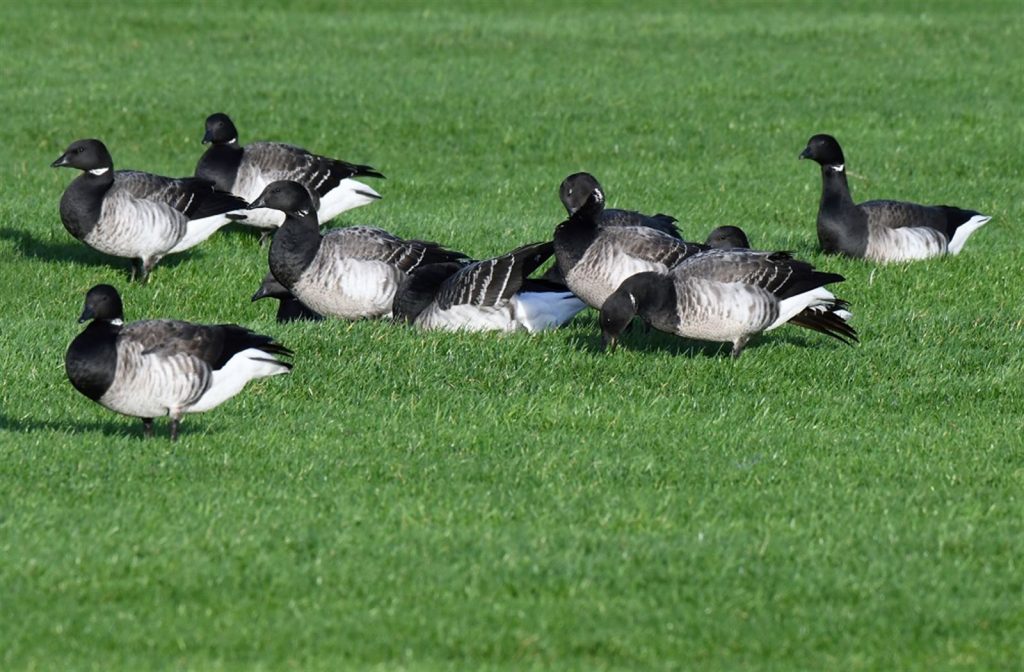


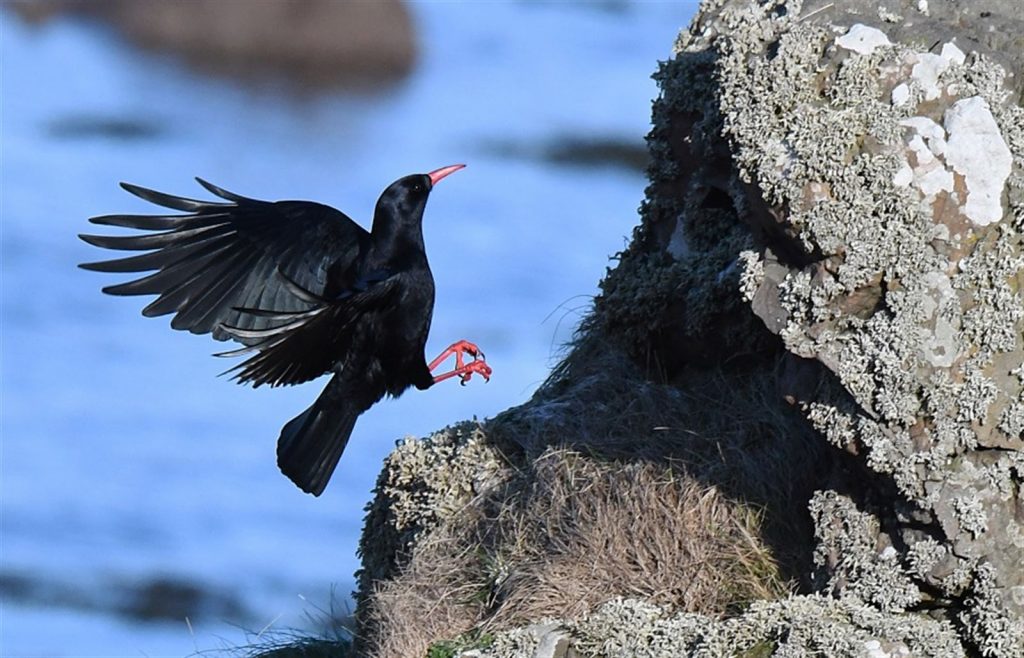
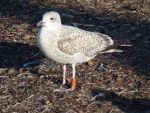
 Introduction
Introduction